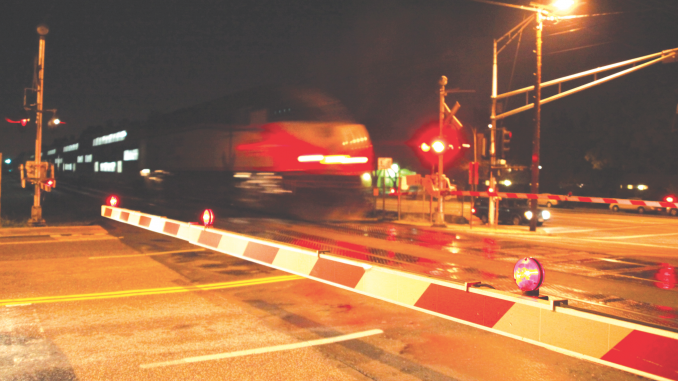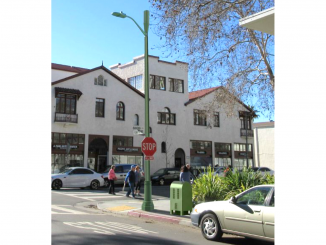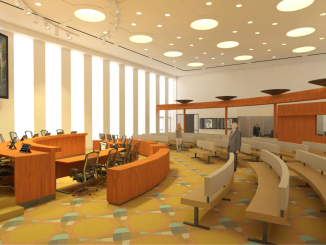
BY ELAINE GOODMAN
Daily Post Correspondent
As Peninsula cities begin making decisions on how to separate the railroad tracks from car traffic ahead of Caltrain electrification and high-speed rail, one official said a temporary shutdown of Caltrain might make it easier for cities to build the projects.
Palo Alto City Councilman Tom DuBois said a Caltrain shutdown could potentially save cities millions of dollars in building the projects. He urged Palo Alto to coordinate with other cities to consider the possibility.
DuBois didn’t say how long a shutdown might last, but he said temporary transit could be provided by buses.
DuBois’ comments came during a council discussion last week of options for railroad crossings in Palo Alto. The council voted to eliminate as an option a railroad bridge at Churchill Avenue. Building a so-called hybrid bridge, either by lowering the street and raising the train tracks, or vice versa, would require the city to acquire dozens of homes through the eminent domain process.
Area residents opposed the idea: A petition by the North Old Palo Alto organization has gathered about 450 signatures from residents opposed to the hybrid-bridge options at Churchill Avenue.
The council’s action may fan the flames of animosity between the north and south sides of the city.
The council chose not to eliminate a similar hybrid bridge option for Charleston Road and Meadow Drive — at least at this time. The council will hear a report later this summer on property impacts of different options for a Charleston/Meadow crossing.
North-south divide
One resident asked the council to keep the community united between north and south.
“Please do not divide our city north to south, with protection from eminent domain on the north, while the southern part of the city is left in limbo,” said the woman, a 24-year resident.
She also asked that council members’ concerns about shifting traffic from one neighborhood to another by modifying railroad crossings also apply to south Palo Alto.
“I would ask that you extend this idea to southern Palo Alto,” she said. “My fear is that we could wind up with an Embarcadero South called Charleston Road. This is not helpful.”
Council member Karen Holman voted in favor of eliminating the hybrid bridge options for Churchill Avenue, but expressed concerns about how the move would be perceived.
Holman said she tries to avoid using the terms “north Palo Alto” and “south Palo Alto” for fear of perpetuating the divide between the two sides of the city.
“I have some concerns that taking an action here, that addresses just the Churchill Avenue area, is going to be viewed as, to some people’s perspective, as partiality to quote-unquote north Palo Alto,” Holman said. “Because sadly, that north-south conversation still goes on. And I wish to goodness that it didn’t. But I do have that concern.”
Councilman Greg Scharff called the two hybrid-bridge options for Churchill Avenue “low-hanging fruit,” and said removing them from consideration now would free up about $500,000 to study remaining options.
“I didn’t hear anybody argue for the hybrid options,” Scharff said.
DuBois questioned the logic of the council’s process.
“I don’t see why we’d remove hybrids unless we do it for everybody,” DuBois said.
DuBois made a motion to that effect, but ultimately was persuaded to wait for the report on Charleston/Meadow before taking action on those crossings.
Whether the Churchill Avenue crossing will be closed to traffic some or all of the time will be evaluated further in the future.
City Manager Jim Keene noted that although council removed the hybrid-bridge options for Churchill Avenue, “theoretically, nothing is ever completely off the table” until the council makes a final decision on the crossing.




Let’s clear this up, but by elimination of the split option, the remaining option is the $4 billion tunnel?